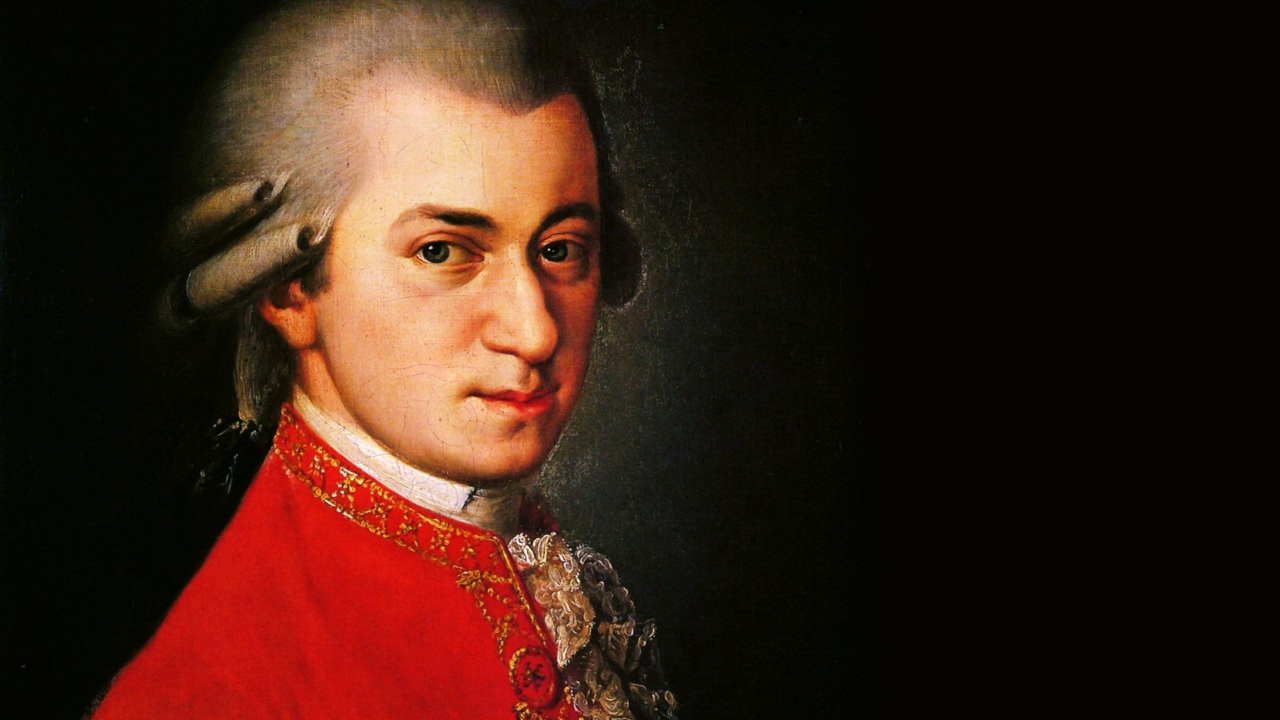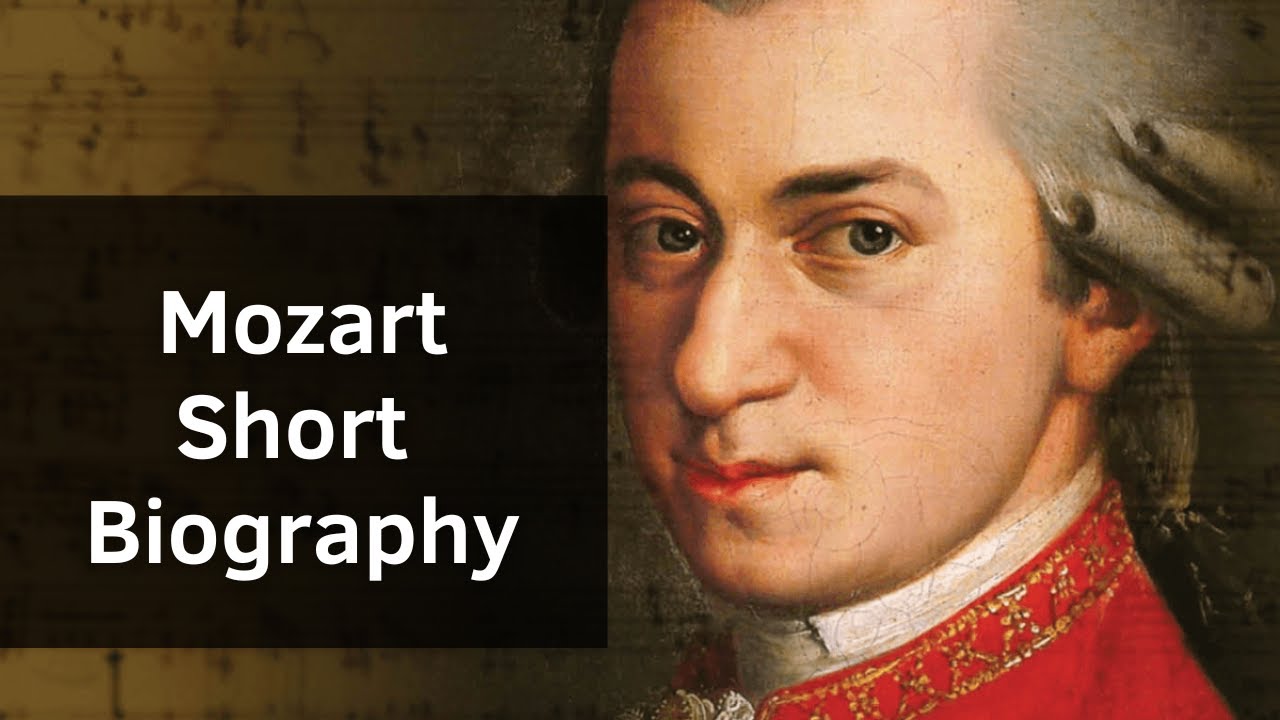
Mozart: A Melodic Journey Through Genius
In the realm of classical music, few names resonate with as much grandeur and brilliance as Wolfgang Amadeus Mozart. Born in 1756, this prodigious composer[…]

Top 7 Compositions by Wolfgang Amadeus Mozart
Wolfgang Amadeus Mozart, a prodigious composer of the Classical era, continues to captivate audiences with his extraordinary musical genius. His compositions are known for their[…]

7 Fascinating Facts About Mozart That Will Amaze You
1. A Child Prodigy: Mozart’s extraordinary musical abilities were apparent from a very young age. At the tender age of five, he began composing music,[…]

How did Mozart start composing?
Mozart, one of the greatest composers in history, began his journey as a composer at a remarkably young age. Wolfgang Amadeus Mozart was born on[…]

7 Facts About Mozart You Didn’t Know
Wolfgang Amadeus Mozart was one of the most influential and prolific composers in the history of Western music. He composed over 600 works in various[…]

Life and History of Mozart
Wolfgang Amadeus Mozart was a composer of the Classical period who was born in Salzburg, Austria, on January 27, 1756. He was the youngest of[…]

The Story Behind “Eine kleine Nachtmusik” by Mozart
The Story Behind “Eine kleine Nachtmusik” by Mozart Eine kleine Nachtmusik, or “A Little Night Music”, byname of Serenade No. 13 in G Major, serenade for[…]

The Story Behind “The Magic Flute” by Mozart
The Story Behind “The Magic Flute” by Mozart The Magic Flute K. 620, is an opera in two acts by Wolfgang Amadeus Mozart to a German[…]

Mozart Managed to Compose a Masterful Overture While Drunk
Mozart Managed to Compose a Masterful Overture While Drunk Don Giovanni is an opera in two acts with music by Wolfgang Amadeus Mozart to an Italian[…]

Mozart – Short Biography
Mozart – Short Biography Born in Salzburg, then in the Holy Roman Empire, Mozart showed prodigious ability from his earliest childhood. Already competent on keyboard and[…]